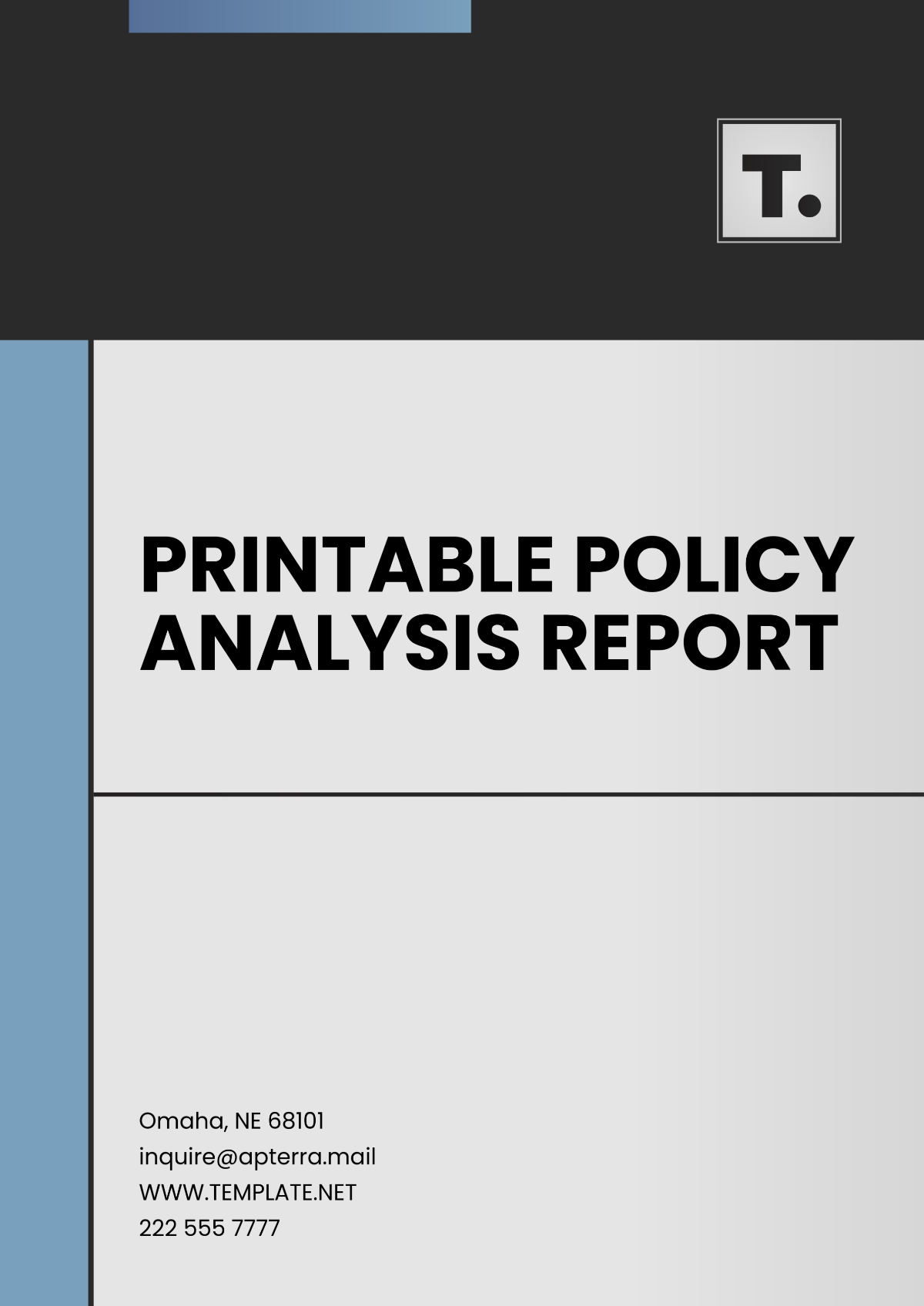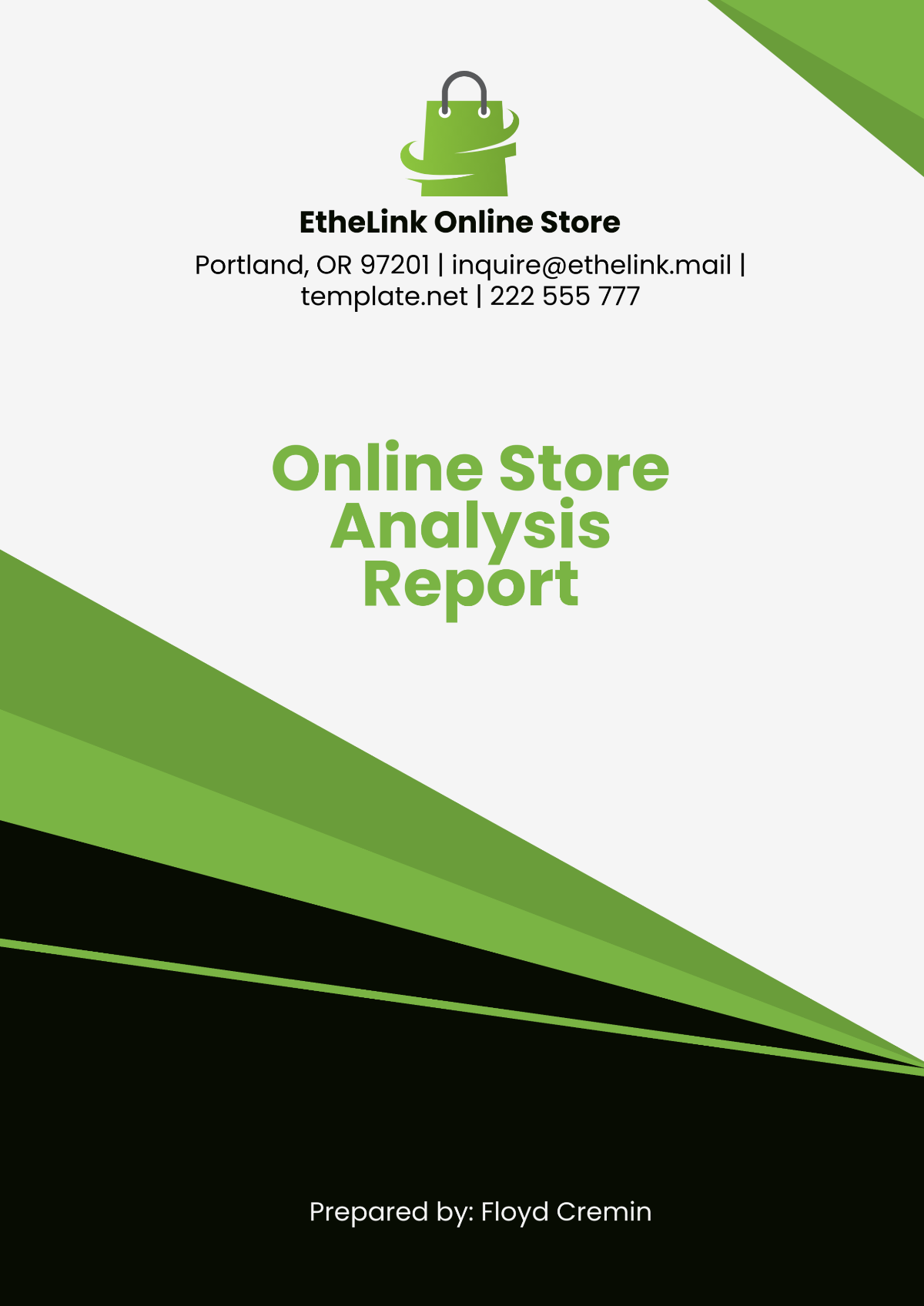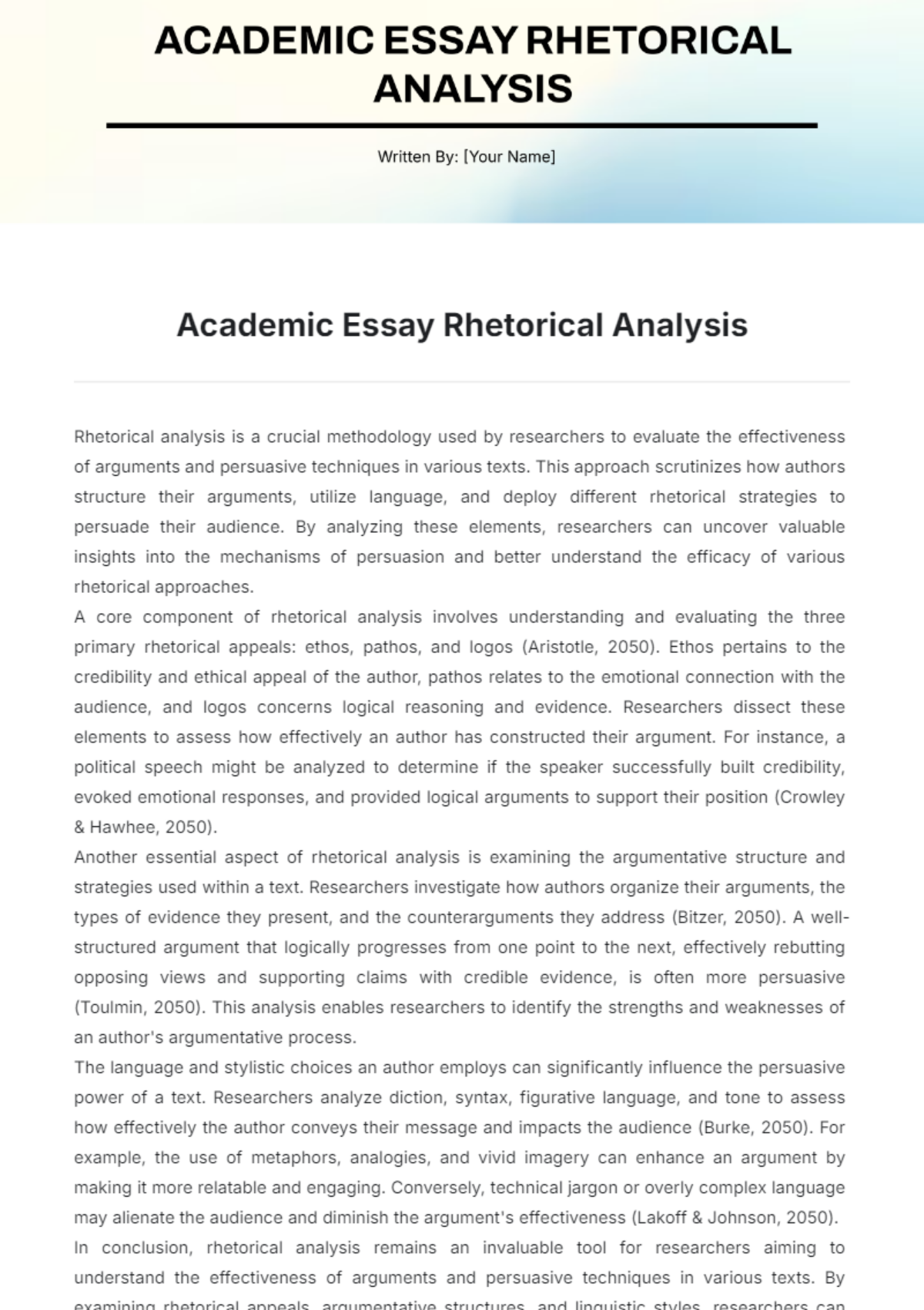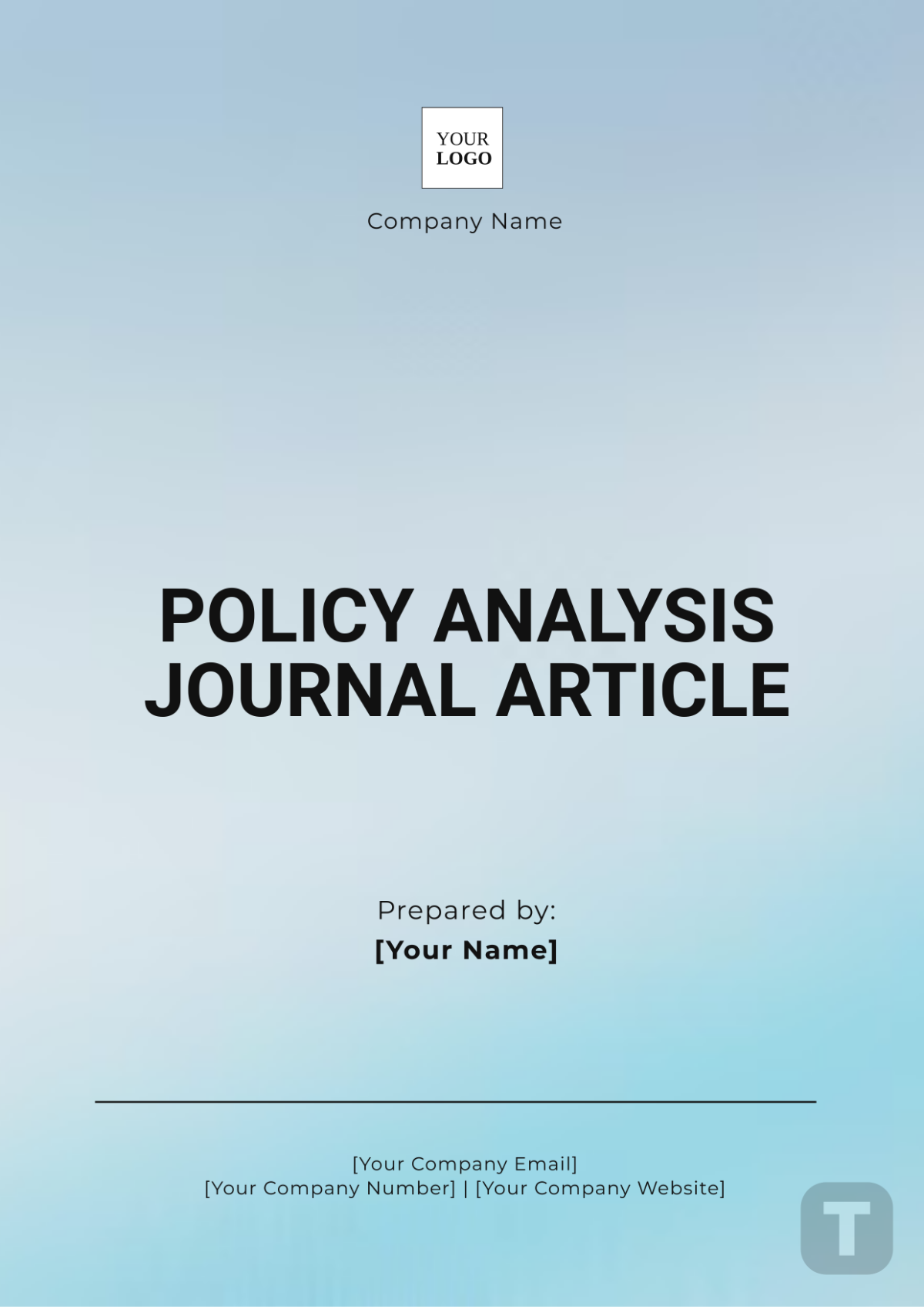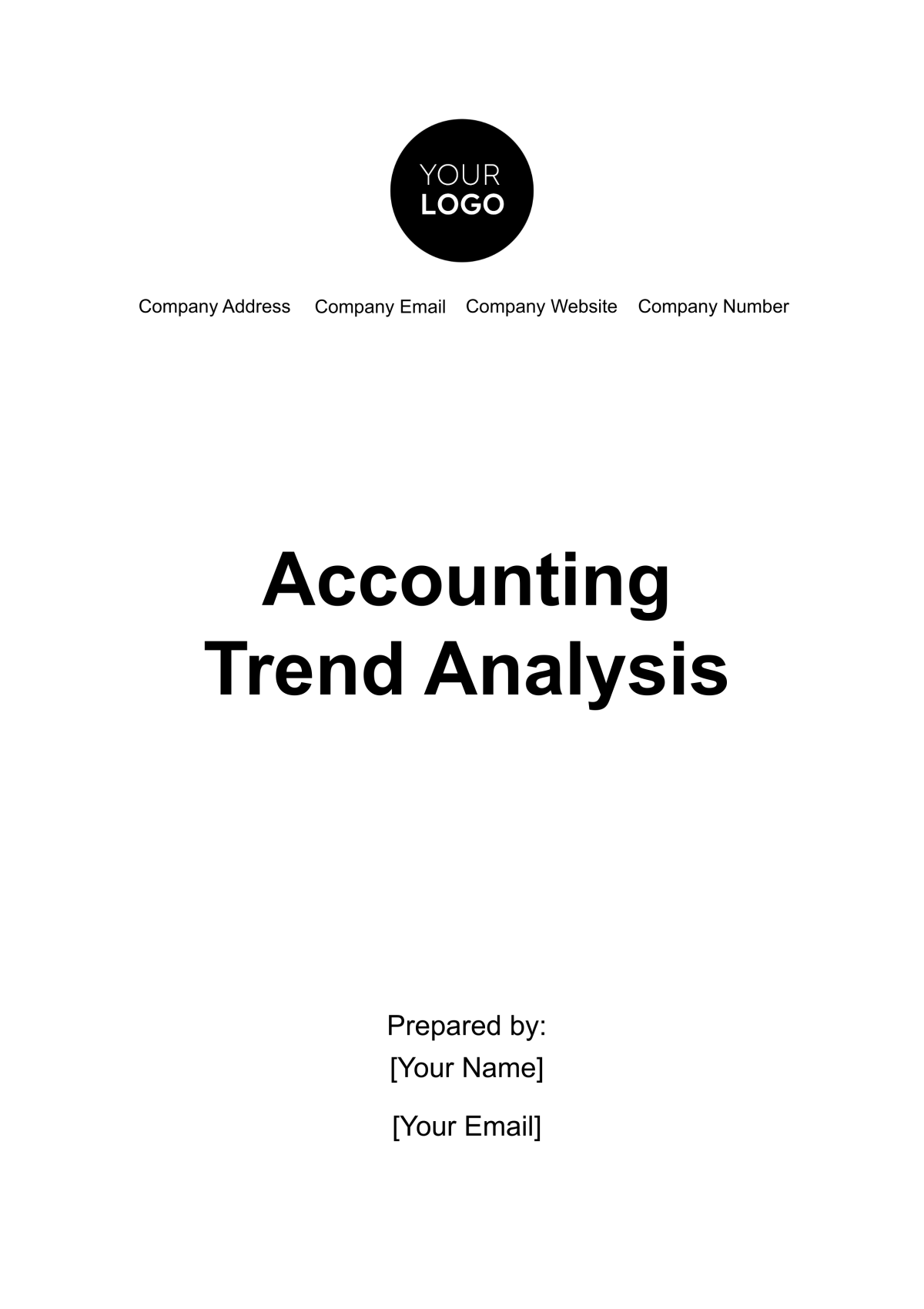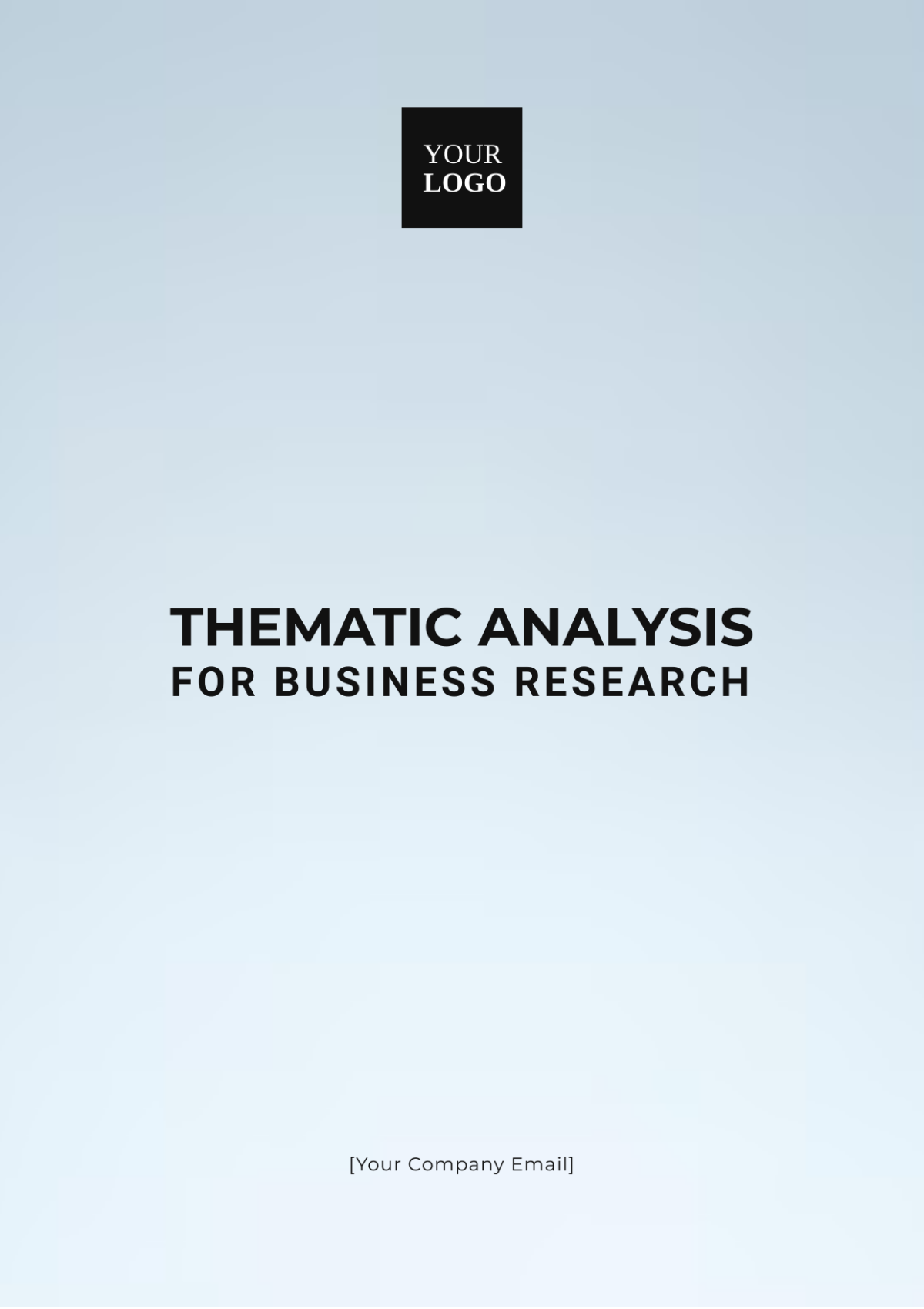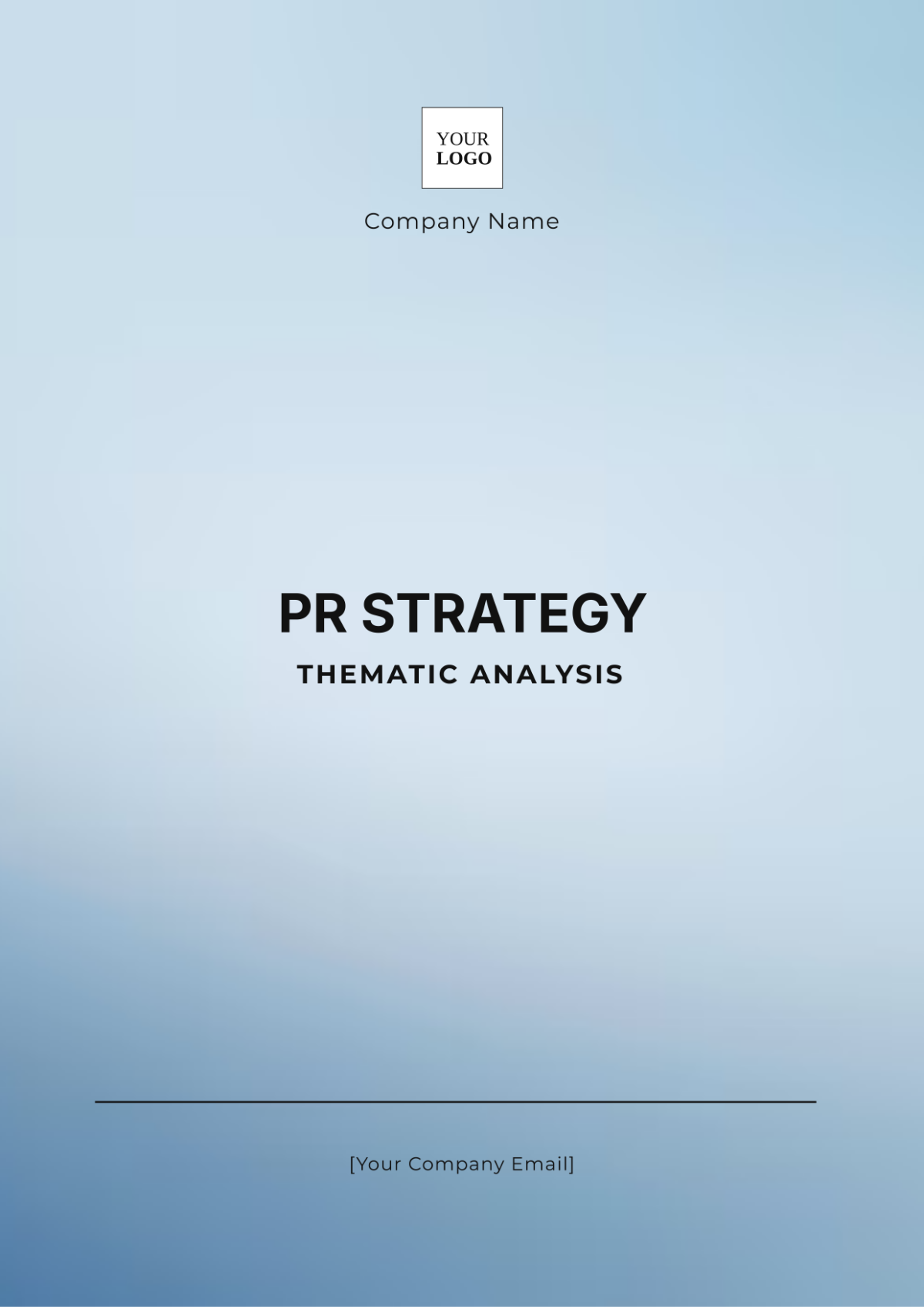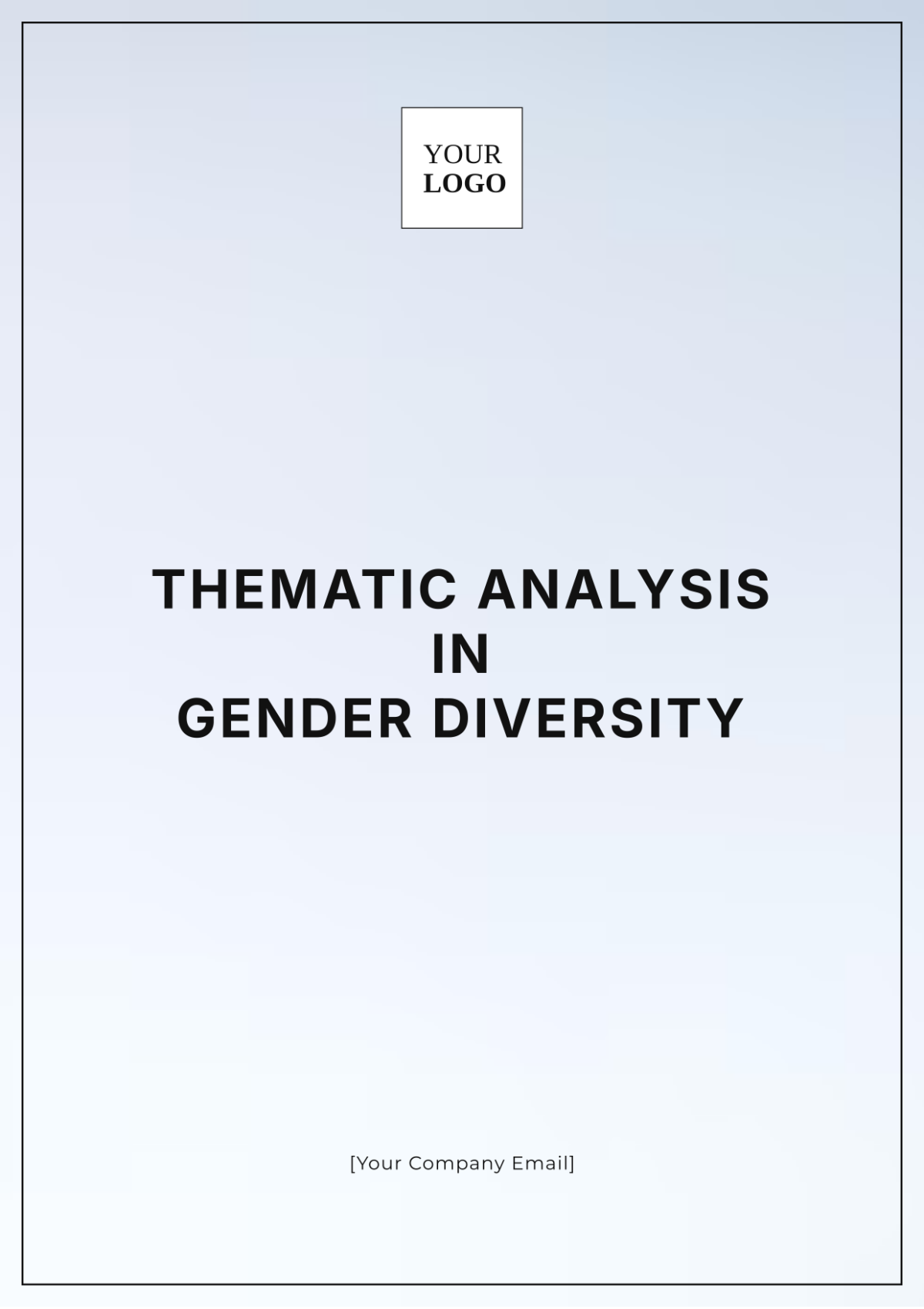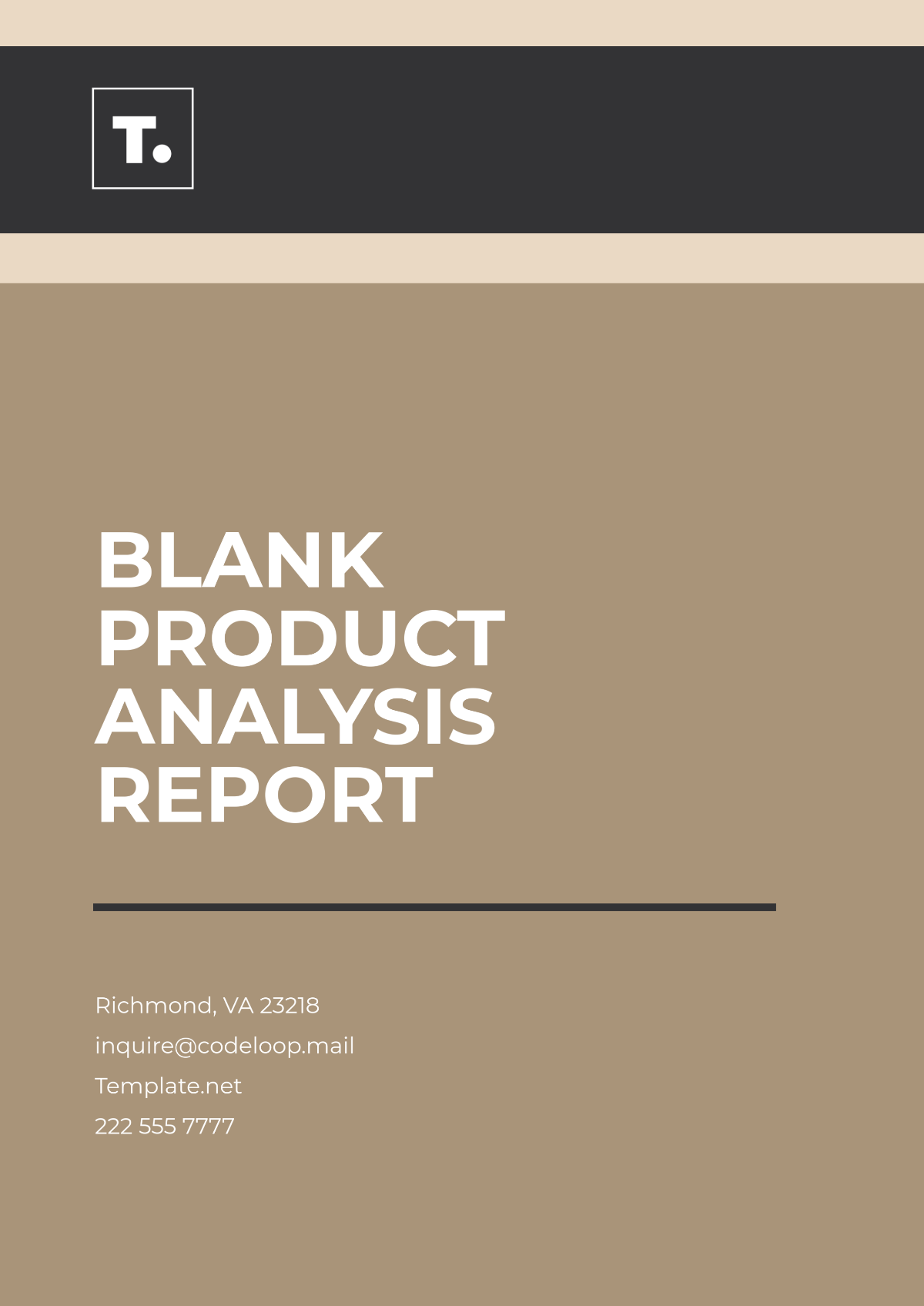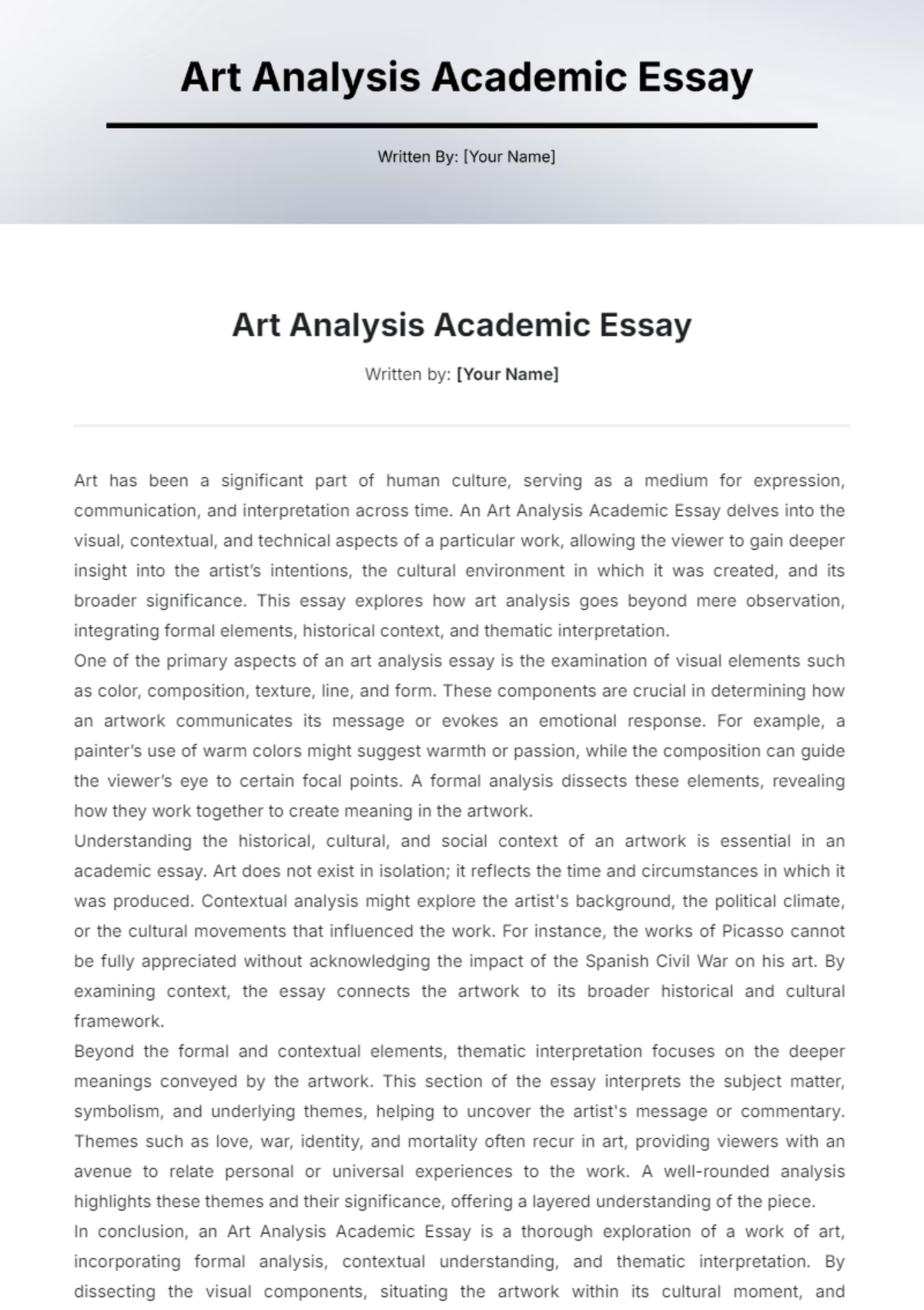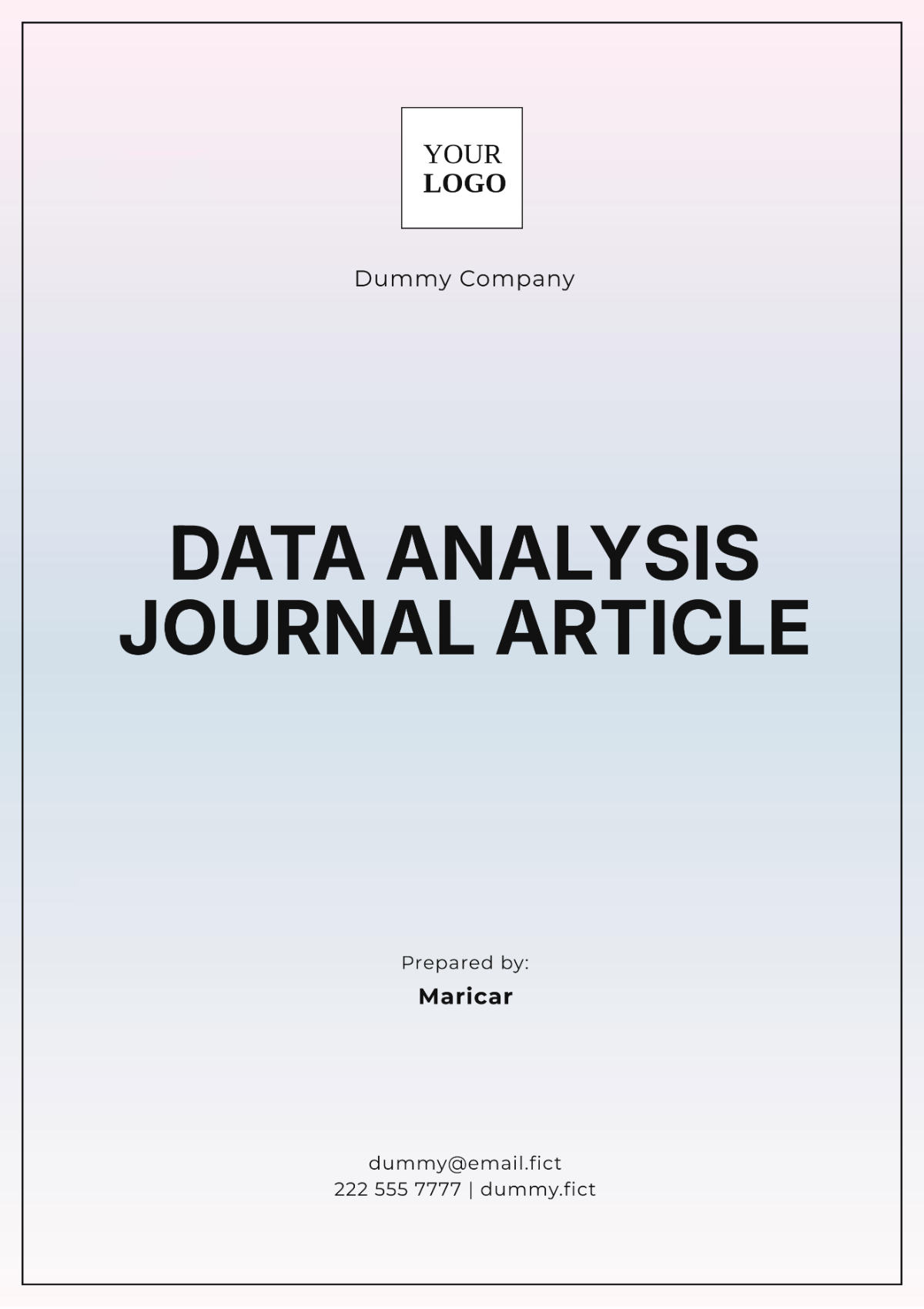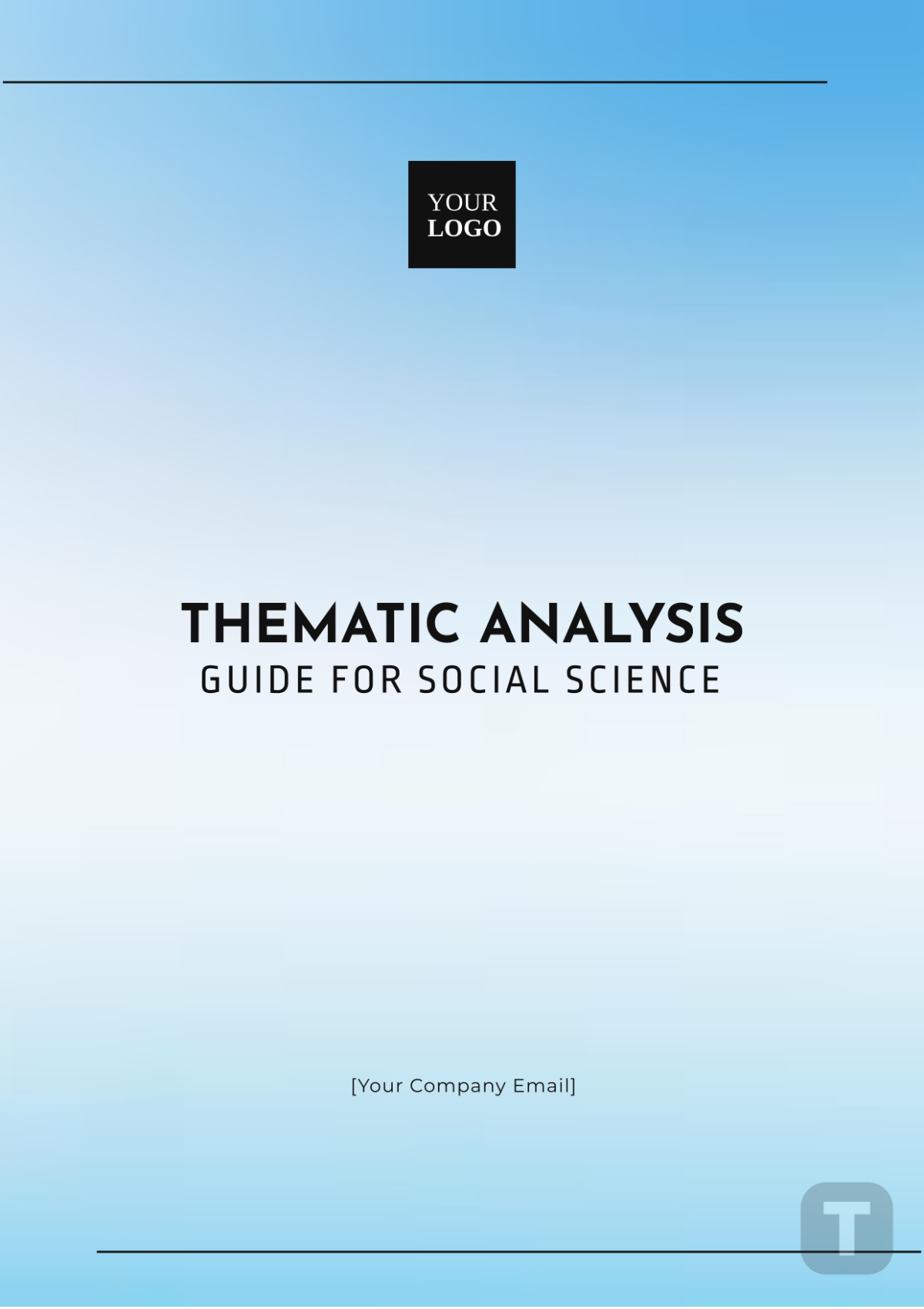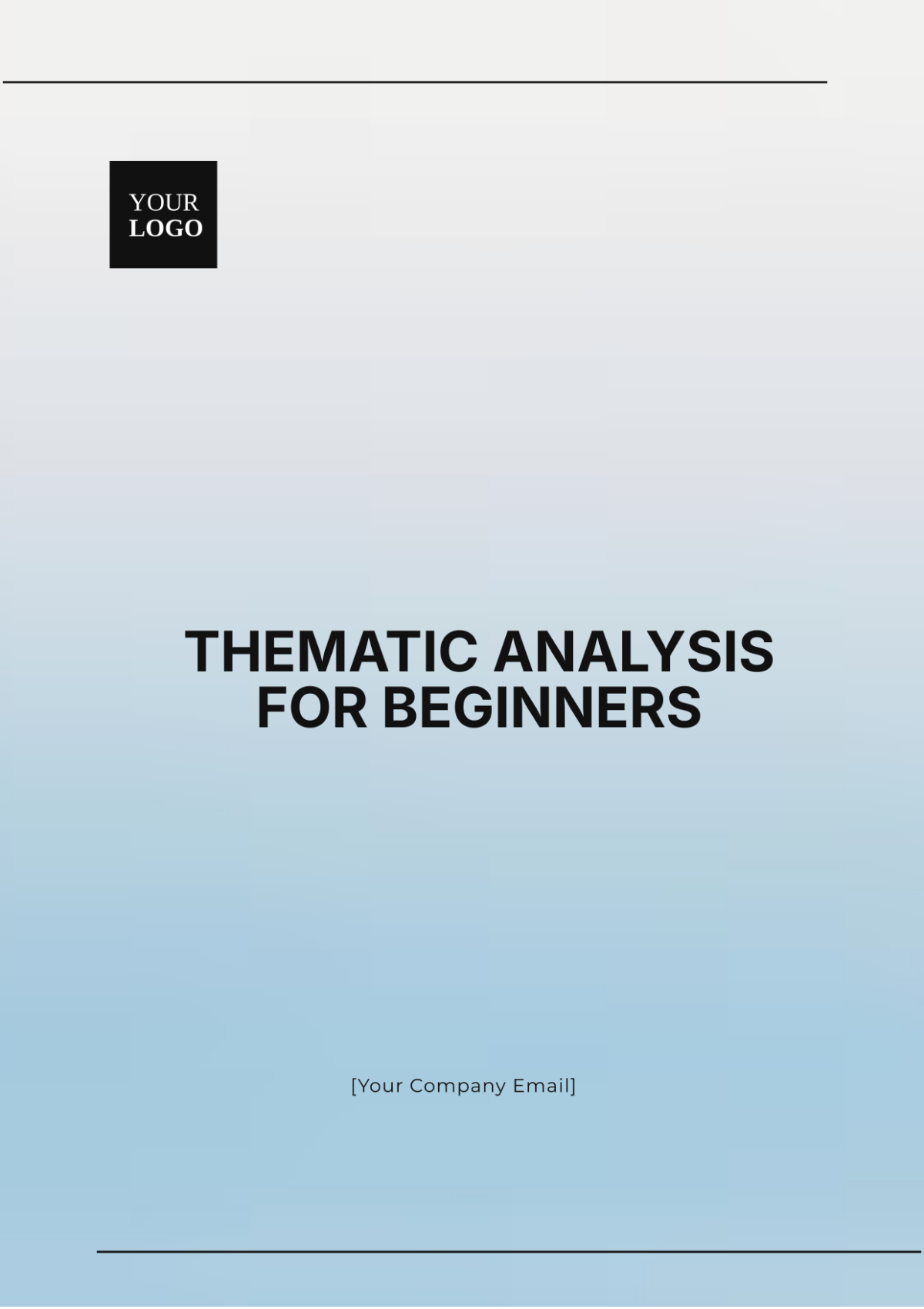Thematic Analysis for Beginners
I. Introduction
Thematic analysis is a method for identifying, analyzing, and reporting patterns (themes) within data. It minimally organizes and describes your data set in rich detail. However, it frequently goes further than this and interprets various aspects of the research topic.
II. Understanding Themes
Themes are patterns across data sets that are important to the description of a phenomenon and are associated with specific research questions. Themes are identified through careful analysis and play a crucial role in qualitative research for deriving meaningful insights from data.
III. Steps in Thematic Analysis
Step 1: Familiarizing Yourself with the Data
Before you can identify themes, it is important to immerse yourself in the data to understand the depth and breadth of the content.
Read and re-read the data
Note down initial thoughts
Step 2: Generating Initial Codes
This step involves the production of initial codes from the data. Codes identify a feature of the data that appears interesting to the analyst.
Work through the entire data set systematically
Code for as many potential patterns as possible
Step 3: Searching for Themes
After the initial coding, the next step is to examine codes and collated data to identify potential themes.
Sort different codes into potential themes
Gather all the data relevant to each theme
Step 4: Reviewing Themes
Reviewing themes involves refining the themes that have been identified. This can be done in two phases: first, reviewing at the level of the coded data extracts; and second, reviewing at the level of the entire data set.
Phase | Action |
|---|---|
I. Coded Data Extracts | Read collated extracts for each theme and check if they appear to form a coherent pattern |
II. Overall Data Set | Consider the validity of individual themes in relation to the data set, and whether your candidate thematic map 'accurately' reflects the meanings evident in the data set as a whole |
Step 5: Defining and Naming Themes
This step involves refining the specifics of each theme and the overall story the analysis tells, generating clear definitions and names for each theme.
Identify the 'essence' of each theme
Determine what aspect of the data each theme captures
Step 6: Producing the Report
The final step is the write-up of the report. This involves weaving together the analytic narrative and data extracts to tell the story of the data in a way which convinces the reader of the validity and merit of your analysis.
Provide a concise, coherent, logical, non-repetitive, and interesting account of the story
Include vivid examples and compelling extracts from the data
IV. Challenges in Thematic Analysis
While thematic analysis is a versatile and widely used method, it is not without challenges. Some common issues analysts may face include:
Difficulty in deciding what counts as a theme
Potential bias in data interpretation
Ensuring reliability and validity of the themes
Managing large volumes of data effectively
V. Best Practices for Beginners
To effectively conduct a thematic analysis, especially as a beginner, consider the following best practices:
Practice | Description |
|---|---|
Plan Thoroughly | Before starting the analysis, have a clear plan and research questions to guide the process. |
Stay Organized | Keep your data, codes, and themes well organized. Use software tools if necessary. |
Be Reflective | Regularly reflect on your initial assumptions, biases, and interpretations throughout the analysis. |
Seek Feedback | Share your themes and interpretations with colleagues or mentors for constructive feedback. |
Document Your Process | Maintain detailed notes on your steps and decisions throughout the analysis for transparency and reproducibility. |
VI. Conclusion
Thematic analysis can be a highly rewarding method for qualitative research, providing rich insights into your data. By following a structured process and adhering to best practices, beginners can successfully navigate the complexities of thematic analysis and produce valuable findings for their research projects.


